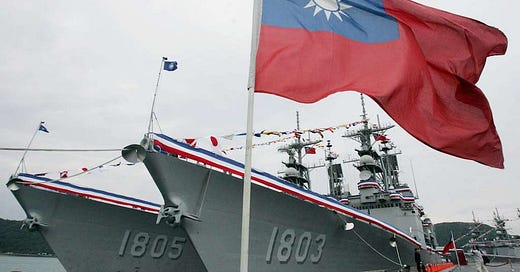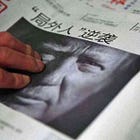Taiwan: More Than a US Friend of Convenience
U.S. assurances to Taiwan are intentionally vague. U.S. interests in Taiwan are crystal clear.
by Phillip Orchard
April 17, 2019
Last Wednesday marked the 40th anniversary of the Taiwan Relations Act – the U.S. law shaping de facto diplomatic relations between Washington and Taipei. Taiwanese President Tsai Ing-wen celebrated the occasion by doing what most of her predecessors have often found themselves having to do: exhorting the U.S. to prove that it still “considers the security of Taiwan vital to the defense of democracy.” This comes amid Taipei’s latest push for a tangible demonstration of U.S. commitment to Taiwanese security, this time by approving the sale of more than 60 F-16 fighter jets to the self-ruled island, which China considers a renegade province.
Taiwan hasn’t lacked for attention under the Trump administration. Two months before Donald Trump even took office, he took an infamous phone call from the Taiwanese leader, violating decades of protocol and antagonizing Beijing, but effectively acknowledging that the game of diplomatic make-believe around the issue of…





